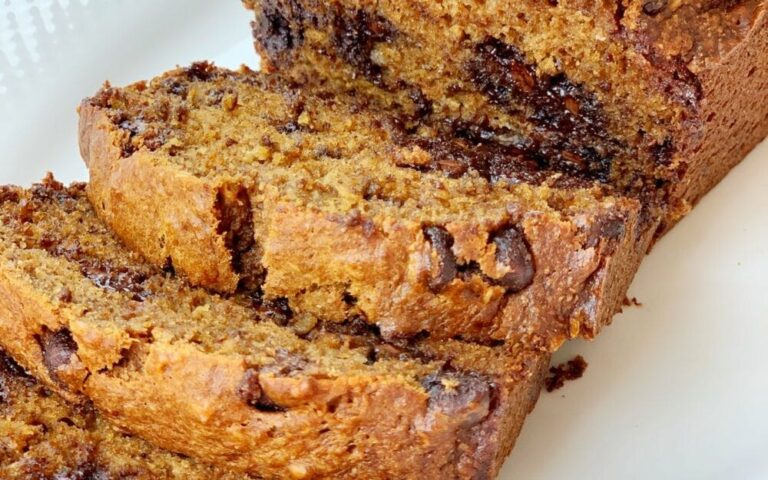Introduction: Malian Cuisine Overview
Malian cuisine is characterized by its diversity, incorporating a range of flavors, ingredients, and cooking techniques. It is influenced by the country’s geography, climate, and cultural traditions, as well as the cuisines of neighboring West African countries. Malian cuisine is known for its use of grains, vegetables, and meats, seasoned with herbs, spices, and sauces. It is also notable for its emphasis on communal dining, with dishes often served family-style or shared among a group.
Bread in Malian Cuisine: A Staple Food
Bread is a staple food in Malian cuisine, and is consumed daily by many Malians. It is typically made from a variety of grains, including millet, sorghum, and wheat, and is often baked in a traditional oven or on a griddle. Bread is a versatile food, and is used as a utensil for scooping up stews and sauces, as well as being enjoyed on its own.
Traditional Malian Bread: Tô and Fufu
Two of the most traditional types of bread in Malian cuisine are tô and fufu. Tô is a porridge-like dish made from millet or sorghum flour, and is a staple of the diet in many West African countries. Fufu, on the other hand, is a starchy dough made from yams, cassava, or plantains, and is often served alongside stews or sauces. Both tô and fufu are eaten with the hands, and are a fundamental part of the Malian dining experience.
Pastries in Malian Cuisine: Sweet or Savory?
While bread is a key component of Malian cuisine, pastries are also enjoyed as a sweet or savory snack. Malian pastries are often made with ingredients like peanuts, sugar, and honey, as well as spices like cinnamon and nutmeg. They may be fried or baked, and can be enjoyed as a dessert or a snack.
Famous Malian Pastry: Beignets
One of the most famous Malian pastries is the beignet, a fried dough pastry dusted with powdered sugar. Beignets are believed to have originated in French cuisine, but have become a popular snack throughout West Africa. In Mali, they are often filled with peanut butter or bananas, and are enjoyed as a sweet treat.
Conclusion: The Importance of Bread and Pastries in Malian Culture
Bread and pastries are not just a source of sustenance in Malian cuisine, but are also a cultural symbol. They are often prepared and enjoyed in communal settings, such as during family meals or celebrations. Bread and pastries also play a role in traditional ceremonies, such as weddings and funerals. As such, they are an important part of Malian culture and identity.

